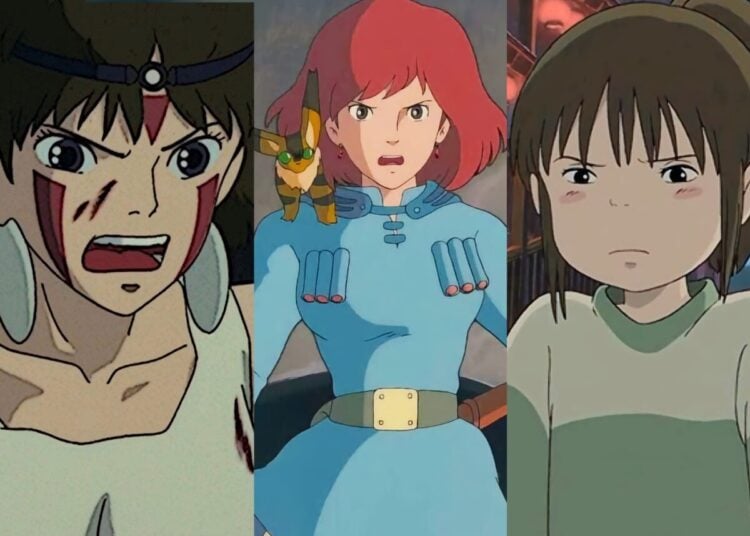What a year Japan is having! Right after last week’s typhoon killed 78 people, Japan has been racked by several strong earthquakes centered in Niigata, 300 km north of Tokyo. The epicenter of the quakes were around 150 km from here, but they shook us up here quite a bit (I was in the middle of getting my hair cut). There was no damage here, save frayed nerves and fallen objects that needed to be picked up, but the constant string of aftershocks every hour or so (including a big one that woke us up this morning) has kept us all on edge. The quakes have killed 25 people so far, and displaced tens of thousands — outside my window I can hear military helicopters ferrying food and water to Niigata, because many of the roads are inaccessible. The quakes managed to derail a Shinkansen, the first time this has ever happened ever since the bullet trains began operation in 1964. The three big quakes measured 6.8 on the Richter scale; the quake that killed 6400 in Kobe in 1995 was a 7.2.
I’m a big fan of “onsen” (pronounced OWN-sen), or natural hot springs, and living in a very volcanic country like Japan, there are plenty of hot springs for me and my family to try out. But for a few months now, Japan’s onsen industry has been turned upside down on news that several hot spring famous for their milky white color actually contained artificial store-bought additives. Now anytime we go to an onsen there are disclaimers specifying that this bath is a 100% natural onsen emanating from such-and-such underground spring. Today we just happen to have some cool bath tablets called Bub, so you can experience your very own Japanese hot springs at home.
It’s starting to get quite cool in Japan these days, and the northernmost island of Hokkaido (ho-KAI-doh) has gotten its first snowstorms. Because Japanese homes lack central heating, it can be hard to keep warm, especially for a San Diego boy like me. This is the beginning of “kotatsu season” for our family, when we sit on the floor with our legs in our kotatsu, a low table with a blanket over it and a heater inside. You put your legs in the kotatsu, which warms your whole body; for the complete Japanese winter experience, drink hot green tea and eat mikans (mandarin oranges) at the same time. Koatsus are always the warmest place in the house, and cats love to sleep inside them — so does my daughter, although sleeping in a kotatsu is a good way to catch a cold. Since electricity is expensive in Japan, most people use kerosene heaters, either stand-alone heaters called “stoves” (suto-bu), or electric-kerosene heaters that blow heated air (called “fan heaters”) to heat rooms. These are economical, but smell bad (the kerosene fumes give you a headache after a few hours), and whenever the tank inside the heater runs out of fuel, someone (usually me) has to go outside and freeze while they refill the tank from the kerosene jugs kept outside. Then there’s the agony of over-filling the tank and spilling kerosene everywhere, which I am all too familiar with.
We love to bring amazing and rare things to you from Japan. One of our favorite categories of character products are the excellent Totoro toys and other items made by companies like Sun Arrow, a famous toy maker that’s been in business for over a century. Some of the Totoro items we sell are really amazing treasures, like the all-wood hand-made Totoro clock we’ve posted to the site today. It’s really an amazing item for Totoro collectors all over the world!
Remember that the time to order 2005 calendars is now, what with the deadline for preorders ending soon. We’ve got an extensive amount of great anime, JPOP, swimsuit idol, traditional and other calendars in stock, printed exclusively for the Japanese market but available through us. Japanese calendars are really something special, with large glossy sheets that are great to show off proudly in any room. Get 4 or more calendars, and get your shipping tubes for free, as well as a 15% discount.















